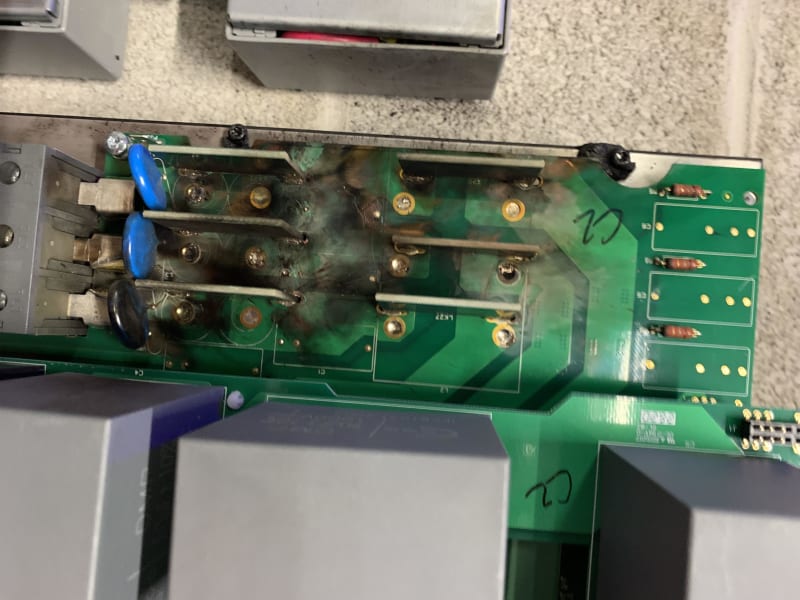Hi all,
I am experiencing a problem with a VFD that seems to be getting damaged when the motor starts. The overcurrent protection of the VFD is set to around 70A, while the motor has a full load current of approximately 80A, 600V, 3-phase at FLA. I am wondering whether the issue may be caused by an inrush current or other reason.
I am experiencing a problem with a VFD that seems to be getting damaged when the motor starts. The overcurrent protection of the VFD is set to around 70A, while the motor has a full load current of approximately 80A, 600V, 3-phase at FLA. I am wondering whether the issue may be caused by an inrush current or other reason.

